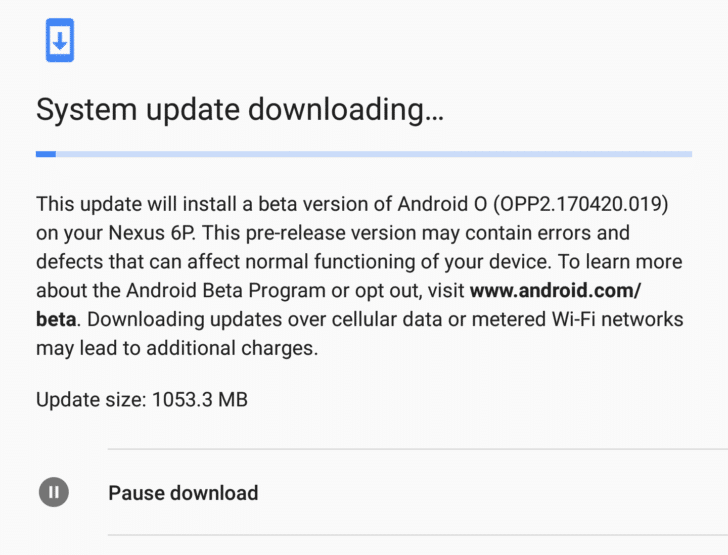
Google today announced Android O, the next major version of Android and successor to Nougat. The new version of Android does not come with the sheer number of features that debuted with Nougat, but we are still looking at a lot of new APIs and under the hood changes, though there are some meaningful new features as well.
Perhaps the biggest change in Android O is background limits. The feature will limit the number of apps and services running in the background to preserve resources and, hopefully, improve battery life. The OS will now come with its own set of rules to prevent apps and services from running in the background, which is similar to what iOS does.
Notification channels is among the major new user-facing changes in Android O. Building on the new notification system that Google debuted with Nougat, Android O will automatically group notifications depending on their type. Users will have full control over each notification group and they can customise it according to their liking.

For password managers, Google is debuting a new Autofill API that will allow them to work properly and fill in your password and login credentials easily.
Google first debuted Picture in picture feature with Android TV last year, and this year, it is bringing the feature to phones and tablets. This feature will work similar to how PiP works on iOS, which means that you will be easily able to play a video while using other apps on the screen or work on a word document side by side.
Other relatively minor but equally important changes coming to Android O include support for high-quality Bluetooth audio through the new Sony LDAC codec, Wi-Fi NAN support, Telecom framework for calling apps, wide-gamut color support for apps, WebView improvements, and a new AAudio API for apps that specifically need high-performance low-latency audio path.
There are plenty of other minor yet important changes in Android O that you can read about here. All these changes will greatly benefit developers but bring little in terms of user-facing changes. By announcing Android O early, Google hopes developers will be able to better prepare their apps to provide their users with a seamless transition to the latest version of Android when it drops later this year.
Along with unveiling Android O, Google also released the first developer preview of the OS for the Nexus 5X, Nexus 6P, Nexus Player, Pixel, Pixel XL, and Pixel C. The first developer preview is strictly meant for developers and is not meant for daily use or consumers as it is buggy and has stability issues.
[Via Android Developers blog]















